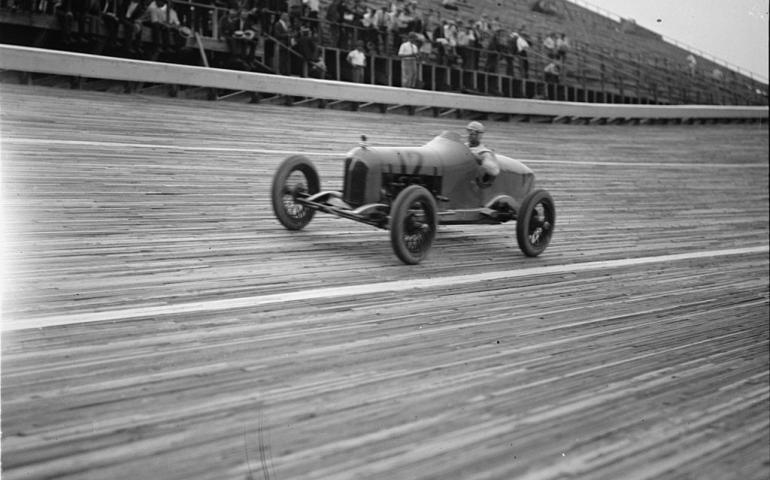
Lt. Col. Peter DePaulo was sent to Switzerland with Richard Grier Langrell in November 1944 to inspect the condition of the bombers. This was done at the direction of General Henry Harley "Hap" Arnold, who thought (incorrectly) that some of them might have crash-landed without sufficient damage to escape the war. They were assigned a jeep and trailer for the trip to Switzerland. When they arrived at the Swiss border, they were escorted to a hotel in Zurich, and the jeep and trailer, including the supplies they carried, were returned to them the next morning. At the Bern-Beundenfeld airport there was an airplane ready for them to fly in to receive their "flight pay". It was a military twin-engine Beechcraft C45 (D18). They were free to do whatever they wanted. At no time were they detained by the Swiss government. When they finished their inspection in January 1945, they were presented with a large photo album of black and white photos of Switzerland by a high-ranking Swiss officer.
Lt. Col. Peter DePaulo:
Peter DePaulo joined his uncle Ralph DePalma as a "driving mechanic" immediately after WWI. In 1920 and 1921, he was on the pole with his uncle and led the Indianapolis 500 for 187 laps. He also finished second in the 1921 French Grand Prix at Le Mans. The following year, DePaolo competed in the Indianapolis 500, becoming the first (and only) person to lead the Indianapolis 500 as both a mechanic and driver. In 1924, he joined the Duesenberg factory team and the following year became the first Indianapolis winner to surpass the 100-mile-per-hour mark by averaging 101.13 miles per hour. From 1925 to 1927, he won ten national championship races, mostly on board tracks. In 1925 and 1927 he won the season championship, and in 1926 he finished third. In 1925 he was invited to compete for Alfa Romeo in the Italian Grand Prix at Monza, where he finished fifth after being second late in the race. An outstanding ambassador for racing and an entertaining dinner speaker, he served with distinction into his 80s in the U.S. Army Airforce during World War II, attaining the rank of Col.
Sgt. Richard Grier Langrell:
Early in the war, Richard Grier Langrell was assigned to lead six mobile repair units that repaired downed B- 17 / B-24 bombers. They were stationed south of France and repaired damaged B - 17 / B-24s so they could return to their bases. Later in the war, Richard Grier Langrell, because he was color blind, was flown behind enemy lines to locate camouflaged objects. He could see them as if they were painted red.